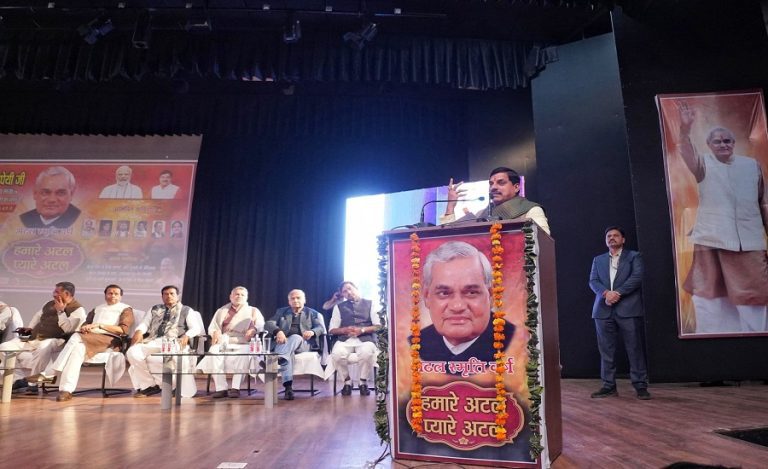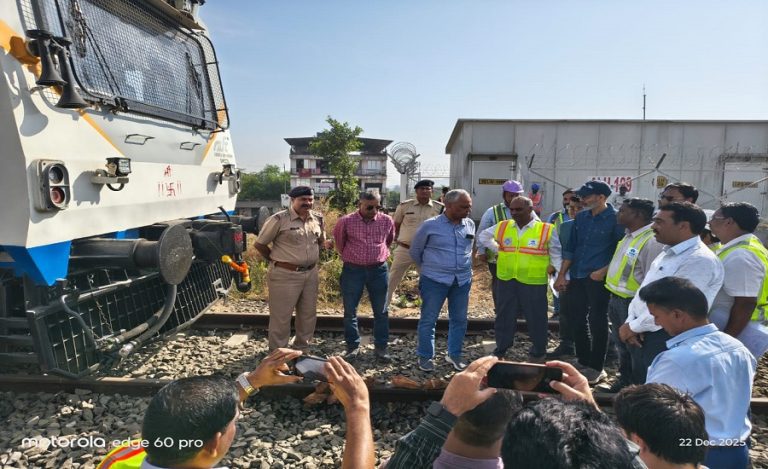New Delhi: India’s space ambitions are leaping once again. The Indian Space Research Organisation (ISRO) has officially charted a bold roadmap, signalling its intention to move far beyond lunar missions. Having secured a historic landing at the Moon’s south pole in August 2023, ISRO now sets its sights on Venus and Mars — and equally importantly, on sending Indian astronauts into space by 2027.
This announcement elevates India’s role in the global space race and reflects a deliberate push to master deep-space, human-rated technologies.
Background of ISRO Roadmap for Interplanetary Human Spaceflight
ISRO’s recent achievements provide the foundation for this new roadmap. In August 2023, the Chandrayaan-3 mission successfully touched down near the Moon’s south pole, a landmark in India’s lunar exploration history.
Read Also: A Giant Step for India: CSIR–ISRO Human Spaceflight Research Sparks New Era of Space Ambition
In the years since, India’s space sector has evolved rapidly: from commercial satellite launches to scientific missions, ISRO is now positioned to expand into human spaceflight and interplanetary exploration.
With this momentum, ISRO Chairman V. Narayanan (an alumnus of IIT Kharagpur) announced in Kolkata that the Venus mission has received approval and the Mars lander is under active consideration.
Face Behind this Roadmap
Dr V Narayanan has taken the helm at a critical juncture, bringing technical expertise and strategic clarity to ISRO’s next phase. During the Golden Jubilee Conference of the Indian Cryogenic Council, he underscored the importance of establishing deep-space credibility and indigenous human-rated systems.
Under his leadership, ISRO is pushing ahead with the crewed mission programme, with around 90 % of development work completed for the Gaganyaan project according to his statement.
Importance of the ISRO Roadmap for Interplanetary Human Spaceflight
The roadmap holds several major implications:
- Approving a mission to Venus and moving toward a Mars lander signals India is no longer content with lunar or Earth-orbit adventures.
- With Gaganyaan nearing completion, India aims to send its own astronauts into space by 2027—boosting national prestige and technological capability.
- Indigenous development of crew-rated systems, deep-space propulsion, life support and landing technologies will reduce reliance on foreign partners.
- Advanced rocket engines, robotics, human life-support systems and mission architecture will drive new industries and STEM growth.
- As India masters more difficult missions, it becomes a stronger partner (or competitor) in international exploration efforts.
Key Challenges to Watch
No roadmap of this magnitude comes without hurdles:
- Technical complexity: A Venus mission entails harsh thermal, orbital and communication challenges. Martian landing adds further risk.
- Budget & timeline pressures: Human spaceflight is budget-intensive. Delays or cost overruns could jeopardise the 2027 target.
- Life-support & human factors: Developing systems safe for astronauts over longer durations remains demanding.
- Launch vehicle readiness: Heavy-lift rockets and crew-rated launchers must perform flawlessly.
- International competition: With other space agencies ramping up human and interplanetary missions, India will need to stay ahead to maximise value.
Implications for India and the World
This plan elevates India’s space programme from regional to global scale. Safe and successful human flights would place India among the few nations with independent crewed launch capabilities. The Venus and Mars missions showcase India’s aspirations to explore the inner solar system, expand scientific frontiers and contribute data to global understanding of planetary evolution.
In geopolitical terms, India’s roadmap signals it is ready for the next stage of space diplomacy, partnerships and commercial ventures. Emerging industries such as space-tourism, in-orbit servicing and deep-space logistics may find new impetus.
Way Forward
- To realise these ambitions effectively, ISRO and the Indian government need to focus on key steps:
- Ensure budget allocation, regulatory clarity and long-term funding commitments.
- Complete crew module certification, heavy-lift launchers, human-rated life-support and in-space propulsion.
- Adopting incremental tests to de-risk human flights and interplanetary operations.
- Leverage India’s private space sector, universities and startups for innovation and cost-effectiveness.
- While emphasising indigenous capability, engage in partnerships for shared technology, data and mission synergy.
- Use the excitement of these missions to inspire a generation of engineers, scientists and entrepreneurs.



























